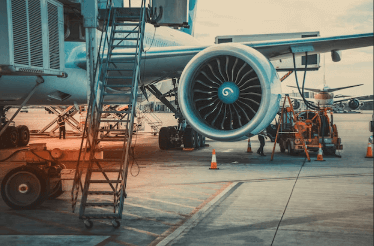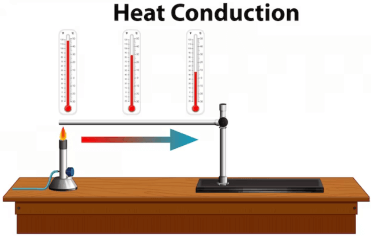Question
a.
t-t₀
b.
t₀-t
c.
C-C₀
d.
C₀-C
Posted under Environmental Biotechnology
Interact with the Community - Share Your Thoughts
Uncertain About the Answer? Seek Clarification Here.
Understand the Explanation? Include it Here.
Q. What does ∆t depicts in the given formula: C = Cₘₐₓ Δt/B + Δt?
Similar Questions
Explore Relevant Multiple Choice Questions (MCQs)
Q. Upon which of the following factors the accumulation kinetics depend?
View solution
Q. Beyond a certain concentration range the accumulation kinetics is not altered.
View solution
Q. Which of the environmental condition is not favorable of the toxicant accumulation?
View solution
Q. The soil humic substances make complexes with metal ions adversely affecting _______________
View solution
Q. Which of the following factors can influence the physio chemistry of membrane lipids, hence, affecting the rate of Bio accumulation?
View solution
Q. Elimination of one species affects the energy transfer in the biota.
View solution
Q. Metabolically active organisms accumulate more amount of toxicant.
View solution
Q. Sometimes bio accumulation depends upon the tissue organization and composition.
View solution
Q. The organs with high lipid content can accumulate more number of lipophilic toxicant, like in __________
View solution
Q. Bioaccumulation of organic substances follows the simple empirical model of partition.
View solution
Q. In partial hypothesis, the entire organism is considered as a single compartment.
View solution
Q. Which of the following factors is responsible for chemical accumulation in the organism?
View solution
Q. Exposure of standard test batteries to a known concentration of toxicant is not an acceptable method to test bio-accumulation.
View solution
Q. Which of the following is not used as a standard test battery for measuring bio-accumulation?
View solution
Q. The amount of toxicants and chemicals that accumulates in the ecosystem after the transfer is called as ________
View solution
Q. Volatilization is the main pathway through which the toxicant returns to the air.
View solution
Q. Which of the following is considered as a subsystem of an ecosystem?
View solution
Q. The chemicals get accumulated in the subsystems of ecosystem and gets transferred at specific transfer rates.
View solution
Q. The chemical escapes into the environment through excretion and exudation.
View solution
Recommended Subjects
Are you eager to expand your knowledge beyond Environmental Biotechnology? We've handpicked a range of related categories that you might find intriguing.
Click on the categories below to discover a wealth of MCQs and enrich your understanding of various subjects. Happy exploring!








